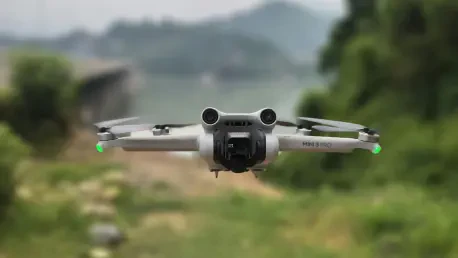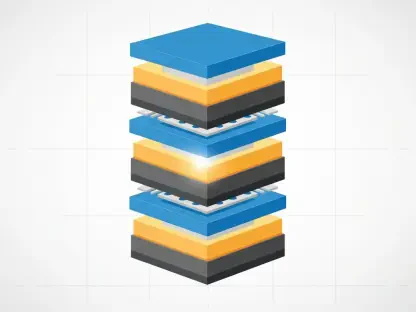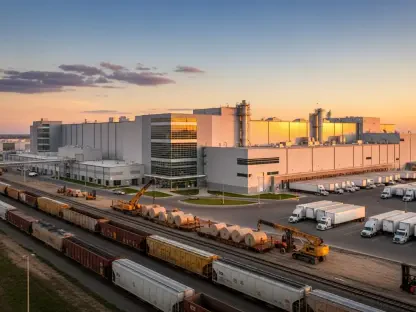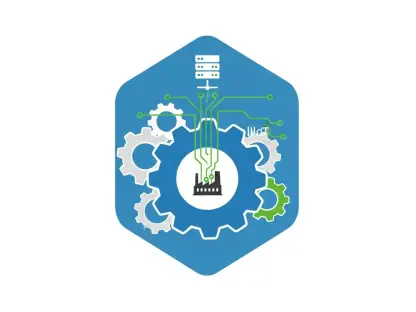I’m thrilled to sit down with Kwame Zaire, a renowned manufacturing expert with a deep focus on electronics and equipment. With his extensive background in production management and thought leadership in predictive maintenance, quality, and safety, Kwame brings a unique perspective on how emerging technologies like drones are reshaping industries. Today, we’ll dive into the recent GST reduction on drones in India, exploring its implications for manufacturing, key sectors, and the country’s ambitious vision to become a global drone hub by 2030. Our conversation will touch on government initiatives, economic strategies, and the transformative potential of drones across various fields.
How do you see the recent GST reduction on drones from 18-28% to a uniform 5% shaping the industry in India?
This GST reduction is a game-changer for the drone industry in India. By slashing the tax rate to a flat 5%, the cost of drones—whether for commercial or personal use—becomes much more affordable. This directly lowers the financial barrier for manufacturers, distributors, and end users. It’s not just about cheaper products; it’s about creating a ripple effect that encourages innovation and investment. Manufacturers can now reinvest savings into research and development, while consumers, especially in sectors like agriculture, can access this technology without breaking the bank. I believe small and medium enterprises, as well as startups, will benefit immensely, as they often operate on tight budgets and can now scale up their drone-related offerings.
In what ways does this tax cut align with initiatives like ‘Make in India’ and ‘Atmanirbhar Bharat’?
The GST reduction ties directly into the core objectives of ‘Make in India’ and ‘Atmanirbhar Bharat,’ which focus on self-reliance and boosting domestic production. By making drones more cost-competitive, the government is incentivizing local manufacturing over imports. This tax break, combined with other policies like the PLI Scheme for drones and components, creates a fertile ground for Indian companies to innovate and produce high-quality drones domestically. It reduces dependency on foreign tech and builds a robust ecosystem where local talent and resources are prioritized. I see this as a strategic move to position India as a serious player in the global drone market.
Which sectors in India do you think will experience the most significant impact from wider drone adoption due to this policy?
Agriculture and infrastructure are poised to see transformative changes with this increased affordability of drones. In agriculture, drones can be used for precision farming—think spraying pesticides, monitoring crop health, or mapping fields—which saves time and resources. Infrastructure projects can leverage drones for surveying remote areas, inspecting high-risk zones, or tracking construction progress. Disaster management and defense are also key areas; drones can aid in quick response during natural calamities or enhance surveillance for security. With costs coming down, we’re already seeing pilot projects in rural farming communities expand, and I expect urban infrastructure firms to jump on board as well.
Can you share your insights on India’s vision to become a global drone hub by 2030?
India’s ambition to be a global drone hub by 2030 is bold but achievable with the right framework. Beyond the GST cut, the government has rolled out liberalized Drone Rules in 2021, simplifying regulations and easing operations. The DigitalSky platform streamlines permissions, making it easier for businesses to integrate drones. Additionally, events like the Bharat Drone Mahotsav highlight indigenous innovations, fostering collaboration and showcasing talent. Training programs through DGCA-approved institutes are also critical, as they build a skilled workforce. Competing with leaders like China or the U.S. will require continuous innovation, strategic partnerships, and a focus on quality, but India’s got the potential with its vast market and tech-savvy population.
The uniform 5% GST rate is said to resolve classification disputes. Can you explain what that means for businesses?
Before this uniform rate, drones were taxed differently—between 18% and 28%—based on whether they had cameras or other features, creating confusion and disputes over categorization. This inconsistency made it hard for businesses to predict costs or plan investments. A single 5% rate across all drones eliminates that ambiguity, offering clarity and stability. For manufacturers and distributors, this means they can focus on scaling operations rather than navigating bureaucratic hurdles. It’s a small but significant step toward creating a business-friendly environment in an emerging sector like drones.
Tell us about the ‘Namo Drone Didi’ scheme and its role in the broader drone strategy in India.
The ‘Namo Drone Didi’ scheme is a remarkable initiative aimed at empowering women-led Self-Help Groups in rural areas by providing them access to drones for agricultural services. It’s about equipping these groups with tools to offer services like crop monitoring or pesticide spraying, which not only boosts their income but also modernizes farming practices. This fits into the larger drone strategy by driving adoption at the grassroots level, enhancing productivity in agriculture—one of India’s biggest sectors—and promoting social empowerment. I expect it to create a domino effect, inspiring more rural communities to embrace technology.
How is the Indian government leveraging drone technology to strengthen the defense sector?
In the defense sector, the Indian government is actively integrating drone technology to tackle modern security challenges. A notable effort is the Indian Army’s Terrier Cyber Quest 2025, which focuses on using emerging tech like drones for surveillance, reconnaissance, and even tactical operations. Drones offer real-time data and reduce risks to personnel in sensitive areas. The push for domestic manufacturing also means that defense-specific drones are being developed locally, aligning with national security goals. This synergy between technology and defense strategy is crucial for India to stay ahead in a rapidly evolving geopolitical landscape.
What is your forecast for the future of drone technology in India over the next decade?
I’m incredibly optimistic about the trajectory of drone technology in India over the next decade. With policies like the GST reduction, liberalized rules, and targeted schemes, adoption will likely skyrocket across agriculture, defense, and urban planning. I foresee India not just meeting but exceeding its 2030 goal of becoming a global drone hub if the momentum continues. We’ll see more homegrown innovations, possibly in AI-integrated drones or sustainable designs, and a surge in job creation tied to manufacturing and services. The key will be balancing regulation with innovation—too much red tape could stifle growth, but with the current direction, I believe India will emerge as a leader in this space.









